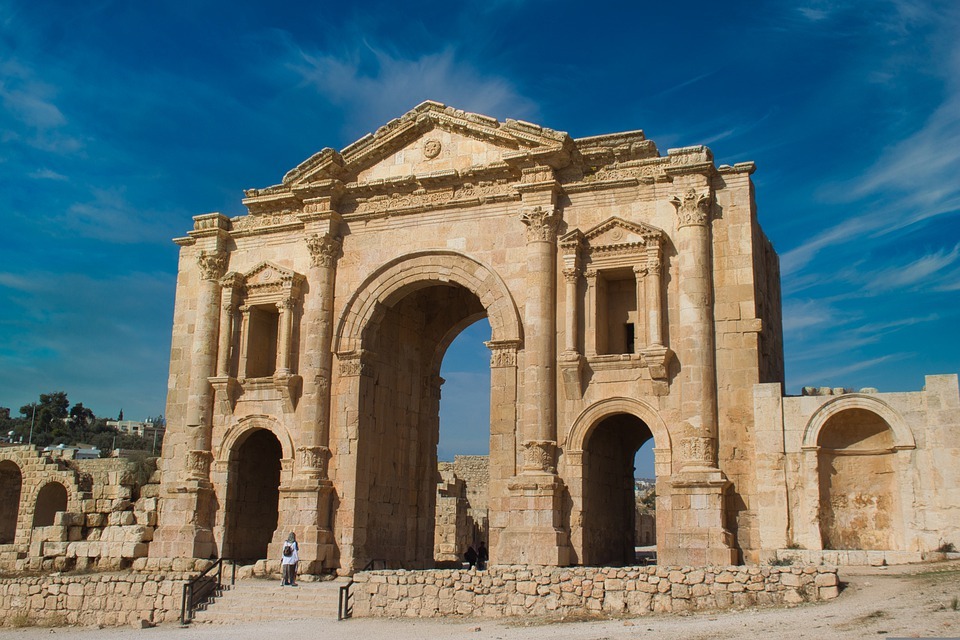
Jerash is a renowned archaeological site located in Jordan, approximately 48 kilometers (30 miles) north of the capital city, Amman. Known as “Gerasa” in ancient times, Jerash is one of the best-preserved Greco-Roman cities in the Middle East and holds immense historical and cultural significance.
The history of Jerash dates back to the Bronze Age, but it reached its peak during the Roman period when it became a prosperous city of the Decapolis League, a confederation of ten ancient cities in the region. Jerash’s prosperity was attributed to its strategic location on the trade routes, which facilitated the exchange of goods and ideas between different civilizations.
Today, Jerash stands as a remarkable archaeological site, boasting a vast array of well-preserved ruins and structures that provide valuable insights into the Roman and Byzantine periods. Visitors to the site can witness a harmonious blend of Greco-Roman and Eastern architectural styles.
Among the prominent highlights of Jerash are:
Hadrian’s Arch: A grand entrance gate built to honor Emperor Hadrian’s visit to the city in 129 AD.
Oval Plaza: A vast and impressive public square surrounded by columns and adorned with the remains of various temples and public buildings.
Cardo Maximus: The main thoroughfare of the ancient city, lined with colonnades and once bustling with commerce.
Temple of Artemis: One of Jerash’s largest temples, dedicated to the goddess Artemis.
South Theatre: A well-preserved Roman theater with a seating capacity of approximately 3,000 spectators, where cultural events and performances are still held today.
North Theatre: A smaller theater, also used for theatrical and musical performances.
Nymphaeum: An elegant public fountain with intricate carvings and sculptures.
Visiting Jerash offers a unique opportunity to step back in time and explore the grandeur of the Roman Empire in the heart of the Middle East. It is a testament to the region’s rich history and a must-visit destination for history enthusiasts and travelers alike.